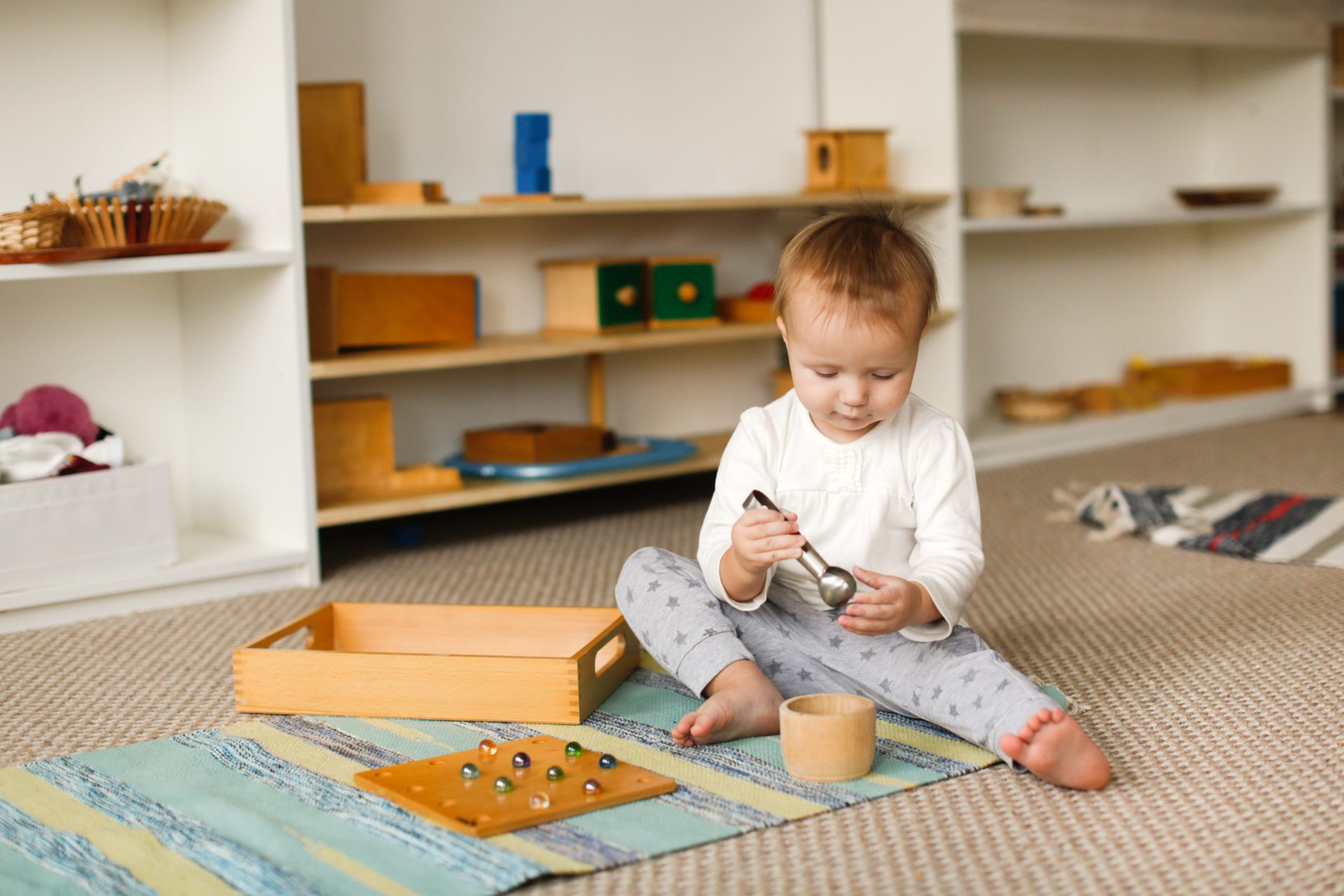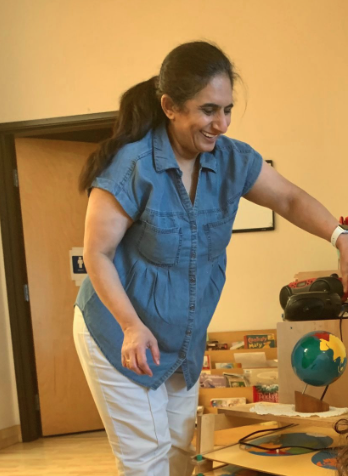
What is a Montessori Preschool?
Understanding Educational Methodologies
When you’re swamped with an array of educational choices, it’s pivotal to understand the differences and similarities to make an informed decision for your child’s education and learning more regarding what is a montessori preschool. The age-old debate between Montessori and traditional preschools continues. Let’s delve deeper into the discussion.
What is a Montessori Preschool? An Overview
The Montessori method, a brainchild of the Italian educator Dr. Maria Montessori from the early 20th century, champions a unique, child-centric approach. Dr. Montessori staunchly believed in nurturing a child’s innate desire to choose their learning path. This foundation propels the Montessori preschools, making them distinctly different from conventional ones.
Play as a Medium of Learning
All preschools advocate the importance of play. However, the essence of play varies distinctly between traditional and Montessori setups.
Traditional Preschools: Here, play is mostly unstructured, providing children an arena to learn through organic play and peer interactions. The underlying belief is that play intertwines seamlessly with learning, enhancing the overall growth of the child.
Montessori Method: Contrarily, in Montessori environments, play is a child’s ‘work’. It’s more than just fun, it’s an intrinsic part of the educational journey. While there are toys in these classrooms, they are meticulously chosen to amplify the learning experience.
Teacher’s Role: Guide versus Instructor
Traditional Classrooms: Predominantly teacher-focused, these environments have educators leading the way. They present knowledge, steer the learning trajectory, and abide by a fixed curriculum.
Montessori Approach: Shifting the axis to a child-oriented model, Montessori believes in letting children explore and uncover knowledge at their pace. Teachers are more of facilitators, supplying requisite materials and offering support when necessary.
Classroom Ambience and Design
The layout and design of the classroom can greatly influence a child’s learning.
Traditional Preschools: Often vibrant and bustling with toys scattered or shelved haphazardly, creating a lively atmosphere.
Montessori Rooms: Crafted meticulously to foster curiosity and minimize distractions. The emphasis is on creating an environment where children are irresistibly drawn to learn.
Class Size: Personalized versus Group Learning
Traditional Settings: These schools often house larger classes, reflecting a higher teacher-to-student ratio, but maintain a commitment to nurturing every child.
Montessori Approach: Typically, these classrooms enjoy a smaller student count, allowing for more individualized attention. Often, there’s a teacher paired with an assistant, ensuring children receive the requisite guidance.
Learning Dynamics: Group Interaction versus Individual Discovery
Traditional Preschools: Designed as social hubs, children here learn collectively, fostering strong social bonds that might extend into their later educational years.
Montessori Method: With a pronounced tilt towards personalized learning, the Montessori system grants children the liberty to pace their own educational journey. Although it promotes independence, the value of collaboration and social engagement remains undiminished.
Discover Ideal Preschool Solutions with American Montessori Campus
If you’re grappling with the Montessori versus traditional preschool decision, American Montessori Campus stands ready to guide. Committed to fostering creativity and skills-driven learning, they’re equipped to empower your child to think critically, solve challenges, and grow independently. Reach out to American Montessori Campus and embark on a transformative educational adventure for your child.
